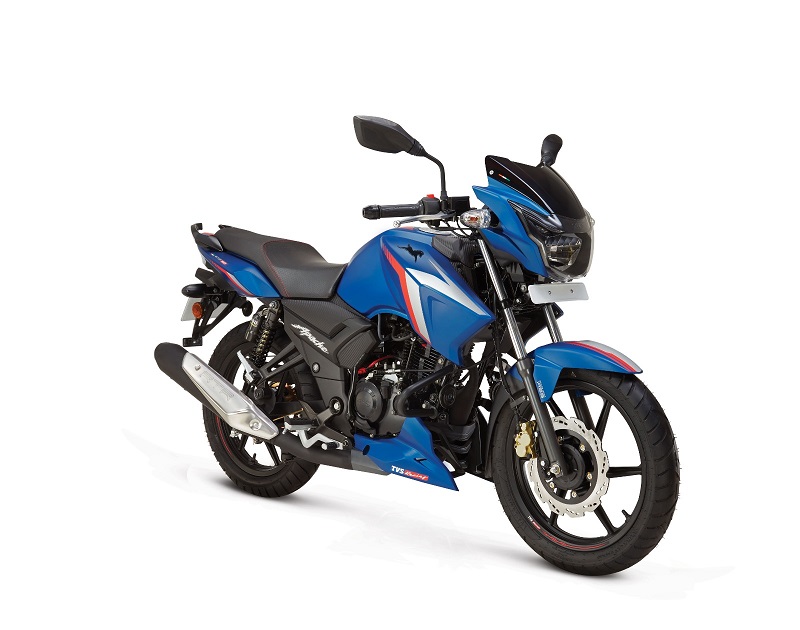It was evident that every good thing has a minimal lousy thing. Likewise, Uber and other E-Hail apps have also some of the disadvantages, and that is somehow helpful or inspiration as well to make this transportation technology more worthful and revised. After solving the difficulties of it, we can make this technology more useful and advanced. Now let’s know, what are the drawbacks present on Uber and other E-Hail Apps?
Drawbacks or cons:
- Although many customers get the advantage of greater access to safer, more stylish, transportation, but “Surge Pricing” for UBER, or “Primetime Pricing” for its main competitor, Lyft, is controversial and a major annoyance for most customers. Actually “Surge Pricing” is a method of pricing in the free market which involves the raising or lowering of prices. So the amount for UBER services depends on the intensity of demand, and it can be doubled or tripled, and these fare hikes affect during periods of high demand for cars like during rush hours, dates of concert events, during rain and snow storms, etc.
- With this easy access to cars at lower prices, customers get into the habit of taking a car for very short distances instead of walking.
- Lower prices directly or indirectly impact on driver’s earnings. Similarly with the continued intake of new drivers by UBER and its competitors, the driver’s average earnings will be pushed downward. That implies that a driver needs to work for long hours to earn an income as compared to what they would have received a few years ago.
- Although it provides the cheapest service but gives stress to the drivers, not only this, Uber and E-hail services are directly competing with the existing taxi and limousine or car services for both customers and drivers. This lead to a drop in taxi medallion and black car prices in major cities like New York. It is suitable for drivers and customers but very harmful to the traditional taxi and car service groups.
- The use of this technology has also introduced the new rules on pricing and decision-making options for both drivers and passengers. Not only this, but it has also reduced the market share of traditional taxi services and lowered the overall profits of drivers.
These are the drawbacks of it; however, we have to welcome this technology and attempt special techniques to minimize its cons.









